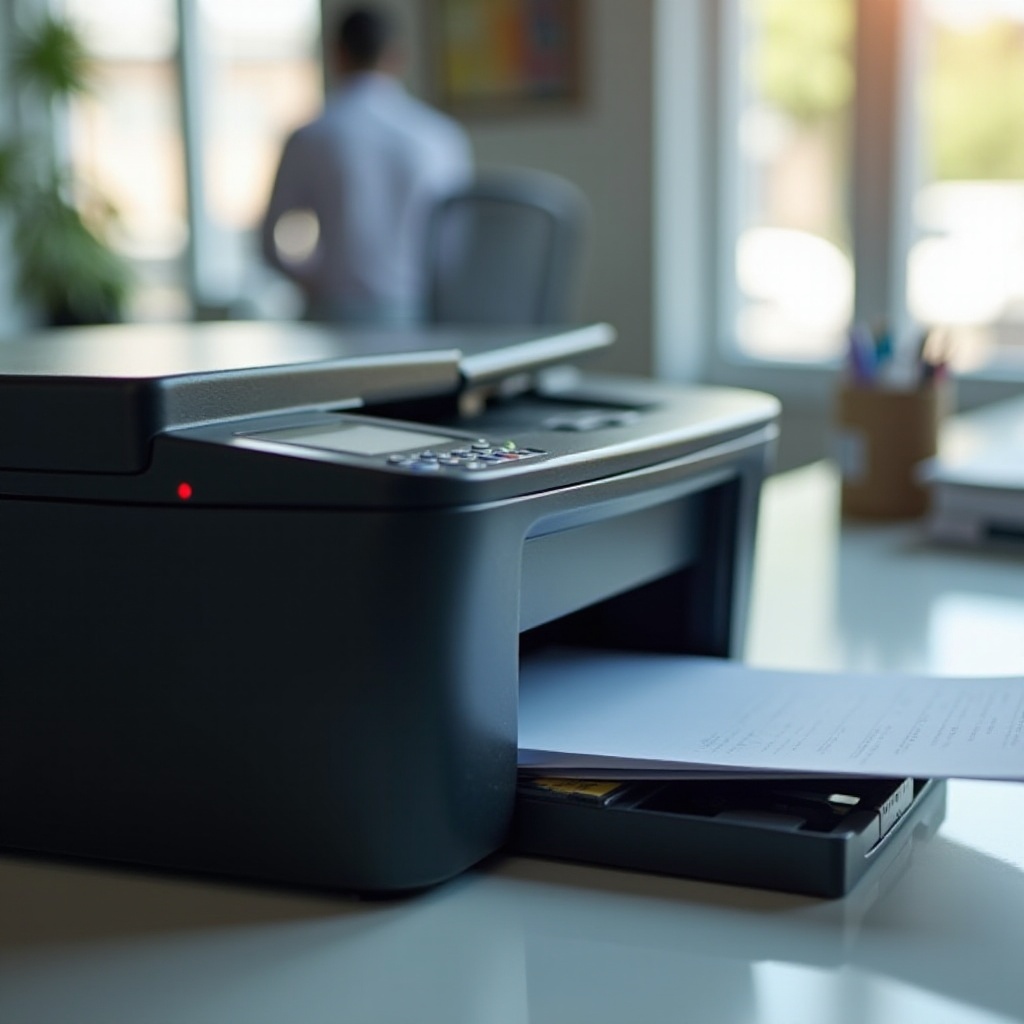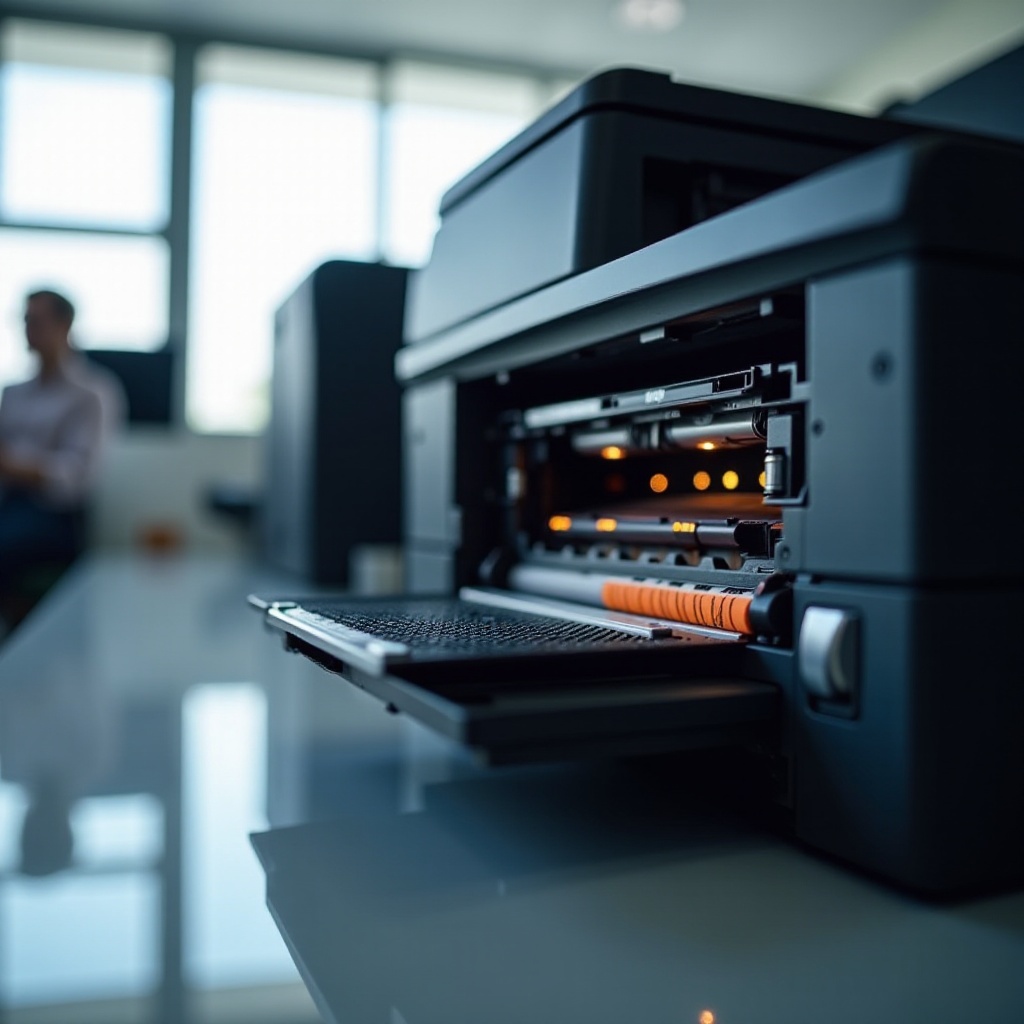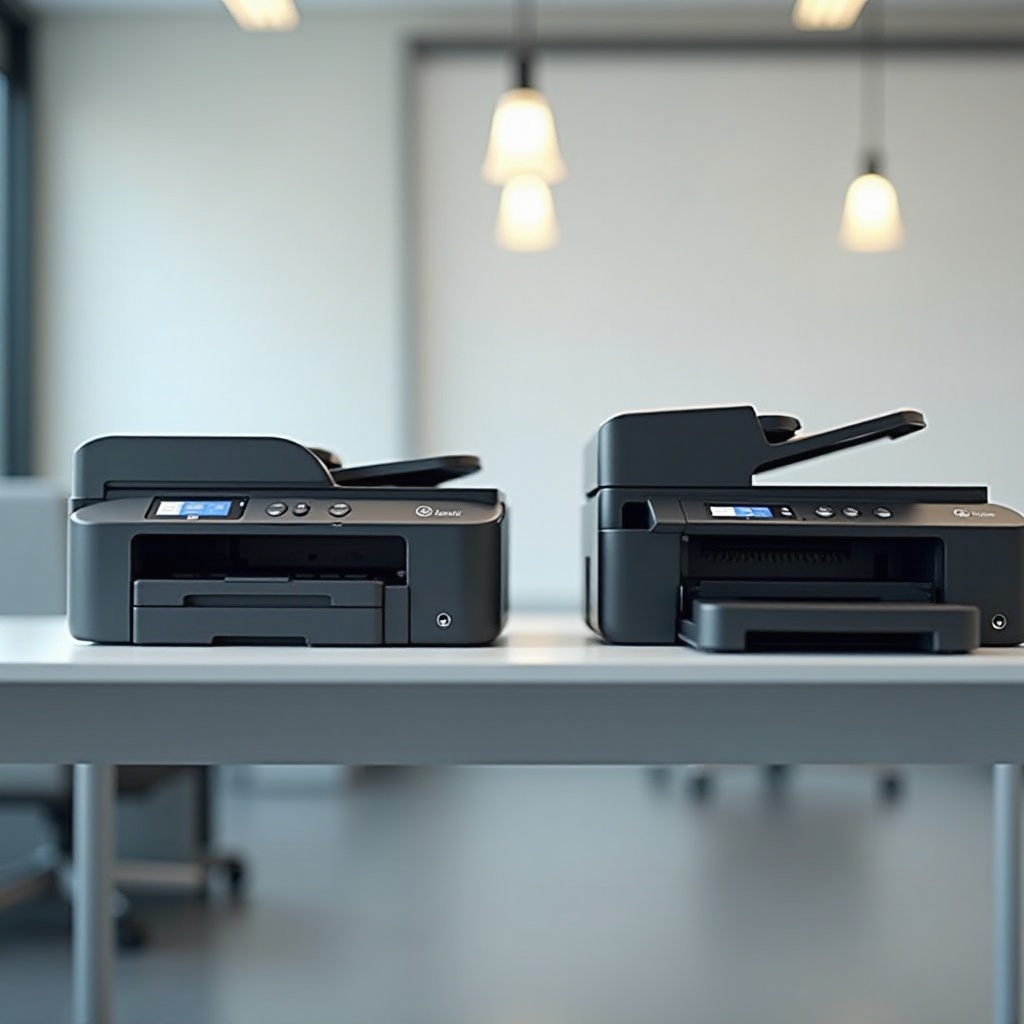Do Laser Printers Dry Out? Everything You Need to Know
Introduction
Laser printers are essential tools for many homes and businesses, prized for their efficiency and print quality. But there is often confusion about their maintenance, specifically whether laser printers dry out like their inkjet counterparts. Understanding how these printers work can help ensure they remain in top condition while also debunking some common myths. This comprehensive guide will delve into laser printer technology, the inner workings of toner cartridges, and the best practices for maintenance to keep your laser printer functioning flawlessly.

Understanding Laser Printer Technology
Laser printers use a fundamentally different technology compared to inkjet printers. They rely on a laser beam to produce an image on a drum which is then transferred onto paper, using toner—a fine, powdered substance. The key components include the photoreceptor drum, the laser unit, the fuser unit, and of course, the toner cartridges.
The journey of a print job begins when a laser beam projects an image onto the rotating drum, altering the electric charge in these areas. The toner sticks to these charged parts, creating a mirror image of the desired printout. This image is then transferred to paper and fused with heat and pressure, producing a final print that is smudge-proof and highly durable.
The Science Behind Toner Cartridges
Toner cartridges are the heart of laser printer functionality. Contained within them is the powdered toner, often a complex mix of plastic particles, carbon, and coloring agents. Unlike inkjet printers, which use liquid ink, toner’s powder form means it is less prone to drying out.
The operational longevity of toner cartridges can be attributed to their design. They are airtight, preventing the powder inside from being exposed to air or moisture that could cause clumping. Toner cartridges do not dry out in the traditional sense but can degrade over time if not stored properly. Keeping them sealed and in an environment with stable temperature and humidity can significantly prolong their shelf life.

Comparing Laser and Inkjet Printers
When comparing laser and inkjet printers, several factors highlight the unique advantages of each type. Inkjet printers use liquid ink which is sprayed onto paper through tiny nozzles. This mode of operation offers high-quality color prints, making inkjets preferred for photos and graphics. However, the ink can dry out if the printer is not used regularly, leading to clogged printheads.
Conversely, laser printers are ideal for text-centric documents, offering faster print speeds and greater consistency. Their use of toner powder means they don’t have the same drying issues as inkjets. Toner can last for years if stored properly, potentially making laser printers more economical for long-term use.

Common Myths About Laser Printers
There are several myths surrounding laser printers that often confuse users. One common myth is that if not used frequently, laser printers will dry out just like inkjet printers. This myth likely stems from user experiences with inkjet printers, where ink does dry out. However, as previously explained, toner’s powdered form, combined with its protective cartridge design, prevents drying out.
Another prevalent myth is that laser printers are more expensive to operate than inkjet printers. While the initial investment in a laser printer may be higher, they often prove more economical over time due to the longevity of toner cartridges and the lower cost per page.
Proper Maintenance for Laser Printers
To keep your laser printer in optimal condition, regular maintenance is essential. Here are some key tips to follow:
- Clean the Interior: Periodically clean the inside of the printer to remove dust and toner residue. Use a lint-free cloth and avoid using compressed air, which can spread toner particles.
- Handle Toner Cartridges Properly: Before inserting a new toner cartridge, gently shake it to distribute the toner evenly.
- Update Firmware and Drivers: Keeping your printer’s software up to date can prevent compatibility issues and improve performance.
- Use the Printer Regularly: While toner doesn’t dry out, regular use helps keep other mechanical parts running smoothly.
Troubleshooting Common Issues
Even with proper maintenance, you might encounter issues. Here are solutions for some common problems:
- Streaks or Lines on Prints: This could signal a dirty drum or fuser unit. Cleaning these parts can often solve the problem.
- Paper Jams: Ensure the paper is loaded correctly and use the recommended paper type. Check for any obstructions in the paper path and gently remove them.
- Toner Smudging: If prints are coming out smudged, the fuser unit may not be heating adequately. Inspecting the fuser and possibly replacing it would resolve this.
Conclusion
Laser printers are reliable and efficient, with the major advantage that the toner powder they use does not dry out. Understanding the technology and proper maintenance can ensure they provide quality printing for an extended period. With regular care, your laser printer can avoid common pitfalls and continue delivering outstanding results.
Frequently Asked Questions
Can toner cartridges dry out like ink cartridges?
No, toner cartridges do not dry out. They use powdered toner which does not evaporate like liquid ink, making them more durable over time.
How often should I use my laser printer to maintain its condition?
Using your laser printer regularly helps maintain its mechanical components. However, since toner does not dry out, the frequency of use is more about keeping other parts functional rather than preventing drying.
What are the signs that my laser printer needs maintenance?
Common signs include streaks or lines on prints, frequent paper jams, and any unusual noises during operation. Regular cleaning and following the maintenance tips can help avoid these issues.



